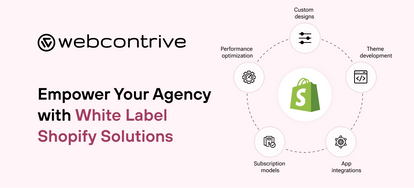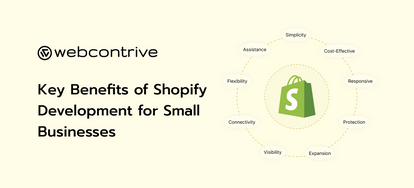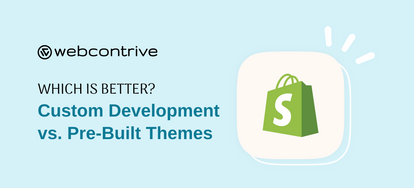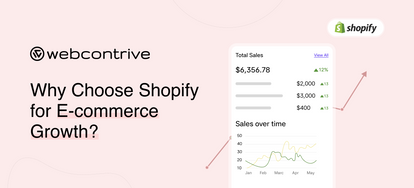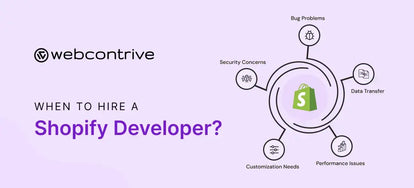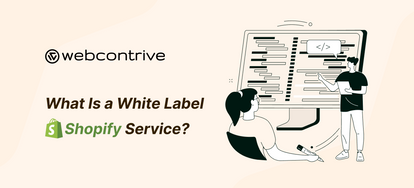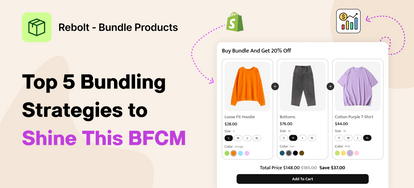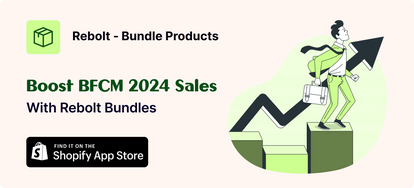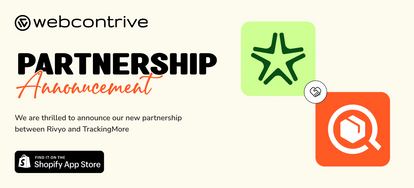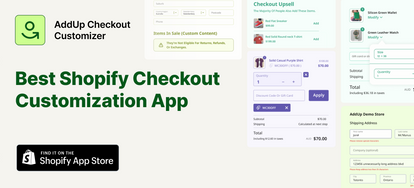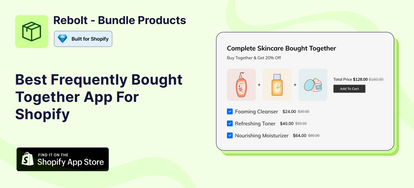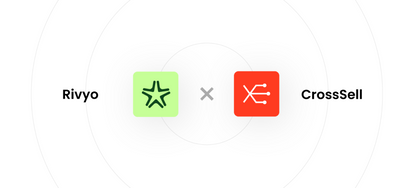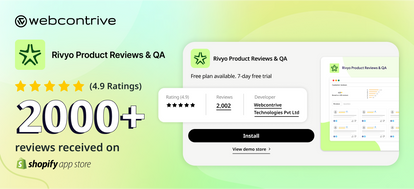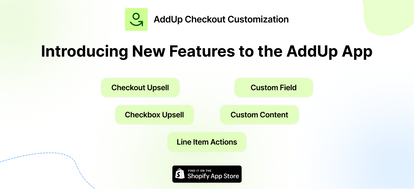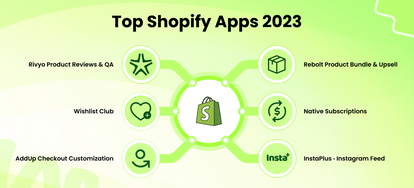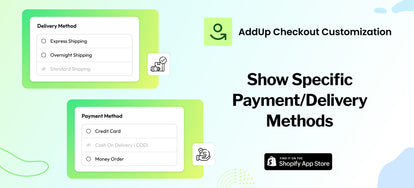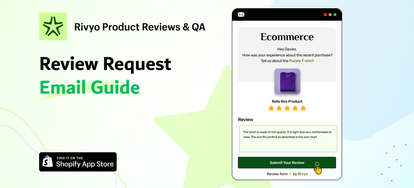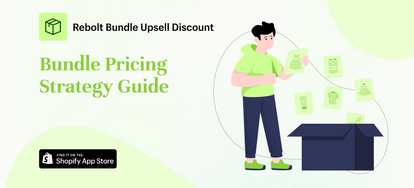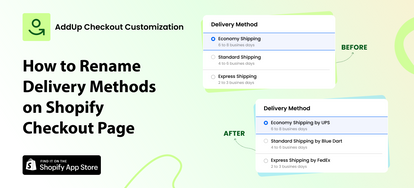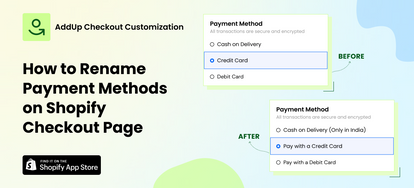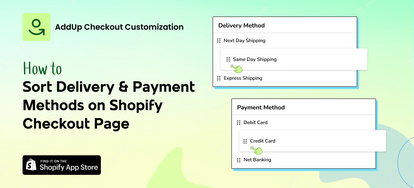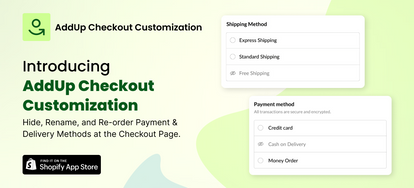Shopify SEO: Optimizing Your Store for Maximum Visibility

In the increasingly competitive field of online commerce, just setting up a store on Shopify is not sufficient. To improve organic traffic and sales, optimize the website for search engines. Shopify SEO assists your online store position higher on search engine results pages (SERPs), resulting in greater visibility and conversions. In this article, we'll walk you through the finest SEO tactics for making your Shopify store more visible.

Keyword Research for Shopify SEO
Keyword analysis is the core component of any great SEO marketing strategy. Recognizing what prospective customers are looking for enables you to tailor your material effectively.
Discovering the Correct Keywords
- Use tools such as Google's Keyword Planner, Ahrefs and SEMrush to find appropriate keywords.
- For more effective targeting, prioritize long-tail keywords (for example, affordable handmade leather wallets).
- Analyze and apply keywords used by the competitor to discover chances to succeed.

On-Page SEO Optimization
On-page SEO makes sure all elements of your Shopify store are search engine friendly.
Optimizing Product Pages
- Create informative, keyword-rich product titles.
- Create thorough and compelling product descriptions using relevant keywords and search terms.
- Enhance product photos by using specific keyword phrases in the alt text.
Crafting SEO-Friendly Titles and Meta Descriptions
- Keep up title tags between 60 to 70 characters and meta description between 150 to 160 characters
- Include the essential keyword organically.
- Create an appealing message to increase click-through rates (CTR).
URL Structure Best Practices
- Keep your URLs brief, descriptive, and keyword-rich.
- Avoid using extra characters and digits.
- Example: www.yourdomian.com/leather-wallets instead of www.yourstore.com/product-123.

Technical SEO for Shopify
The use of technical SEO is to boost your website's speed and ease of access, allowing search engines to crawl and index your website more effectively.
Improving Site Speed
- Use Shopify's built-in performance optimization tools.
- Use image compression tools such as TinyPNG.
- Reduce the number of third-party programs that slow down your store.
Mobile-Ready Optimization
- Choose a mobile-first Shopify design.
- Using the Mobile Friendly Test provided by Google to ensure that your website is mobile-ready.
- Improve the fonts, buttons, and functionality for mobile users.
Fixing Broken Links and Redirects
- Use Google Search Console periodically to look for 404 issues.
- Create 301 redirects for old or deleted pages.

Content Marketing and Blogging
Blogging is an effective strategy to boost Shopify SEO by addressing informational queries and providing credibility.
Creating High-Quality Blog Content
- Write useful and entertaining blog content about your niche.
- Use appropriate search terms as keywords and internal links to the product pages.
Taking Advantage of User-Generated Content (UGC)
- Motivate customers to post feedback and testimonials.
- Use user-generated images and videos to boost trust.
Explore Now: What Are the Key Benefits of Shopify Development for Small Businesses?→

Link Building for Shopify SEO
Backlinks from authoritative sources improve domain authority and rankings.
Strategies to Earn Quality Backlinks
- Guest posting on relevant blogs.
- Collaborating with influencers in your industry.
- Listing your store on directories and industry-specific platforms.

Local SEO for Shopify Stores
If you have an offline presence or serve local customers, local search engine optimization is essential.
Optimizing for Google My Business
- Maintain and enhance your Google My Business account listing.
- Confirm that your company name, address, and contact details remain the same across all platforms.
Getting Customer Reviews
- Inspire happy consumers to write reviews on Google, Facebook or any other place you operate.
- Respond to reviews to increase trust and interaction.

Shopify Apps & SEO Tools
Enhance your SEO strategy with Shopify apps and tools.
Best Shopify SEO Apps
- SEO Manager – Helps optimize metadata and alt tags.
- Plug in SEO – Detects SEO issues and suggests fixes.
- Image Optimizer – Compresses images for faster load times.
Analytics & Tracking Tools
- Google Search Console – Monitors site performance.
- Google Analytics – Tracks organic traffic and conversions.
- Ahrefs & SEMrush – Provide in-depth SEO insights.

Measuring & Optimising SEO Performance
Monitoring the results of your SEO efforts allows you to modify your strategies and achieve greater outcomes.
Tracking SEO Metrics
- Examine traffic from organic sources with Google Analytics.
- Track keyword ranks with Ahrefs or SEMrush.
- Measure click-through rates (CTRs) using Google Search Console.
Must Read: Why Hire a Shopify Developer for Your Store’s Success?→
Conclusion
Shopify SEO is a continual activity that involves constant changing and observation. By applying these tactics, you can enhance your store's visibility, traffic from organic sources, and increase sales. Remain up with current SEO practices and make the necessary modifications to preserve your position in the search engines.
Begin improving your Shopify store today and see your business grow!









